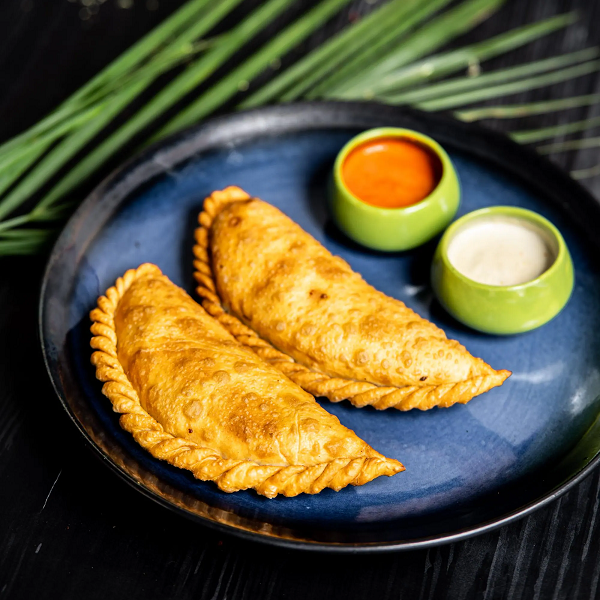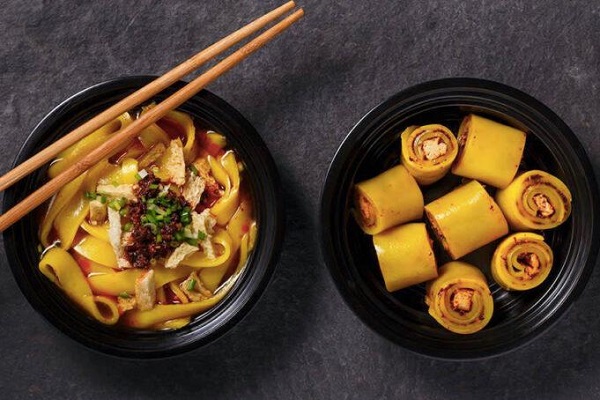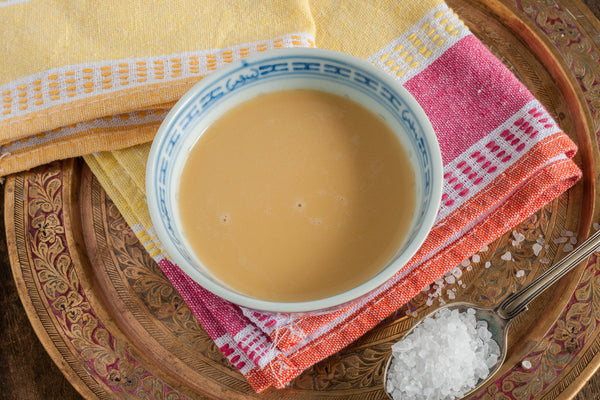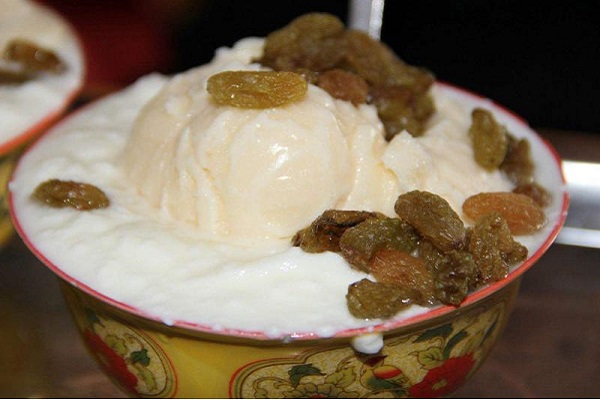Tibet’s high plateau is not just a feast for the eyes—it’s a vibrant canvas painted with centuries of culinary tradition. Every dish you encounter on the streets of Tibet is a story, a sensory memoir of a land steeped in history and natural splendour. In this guide, we invite you to savour four iconic treats, each paired with an extra narrative or a glimpse into its creation. Let your taste buds embark on this remarkable journey.
Sha Phaley: The Golden Treasure of the Streets
Imagine wandering through the lively alleys of Lhasa, where the aroma of sizzling treats fills the air. Sha phaley appears as a perfectly round, golden pastry with a crisp, delicate exterior that shatters into bite-sized pieces. Inside, a sumptuous filling of tender yak meat, caramelised onions, and an intricate medley of spices unfolds on your palate. The flavours mingle—a harmonious blend of cumin, coriander, and garlic—each bite echoing the resilience and resourcefulness of Tibetan nomadic kitchens.

A cherished recipe passed down through generations, sha phaley has its origins in a time when portability and heartiness were paramount. Street vendors often reveal that the secret lies in a simple dough of locally milled flour, water, and salt, carefully folded around the spiced filling before being deep-fried to perfection. This method not only locks in the flavours but also transforms a humble snack into an edible celebration of community and cultural ingenuity.
Laping: The Fiery, Chilled Noodle Sensation
In the bustling markets of Lhasa, laping offers a dazzling contrast to the warmth of its surroundings. Delicate mung bean noodles—silky, translucent, and served ice-cold—are generously coated in a fiery sauce. This vibrant sauce, a blend of chili oil, minced garlic, tangy vinegar, and a hint of soy, awakens the senses with every bite, while a sprinkle of roasted peanuts and sesame seeds adds an irresistible crunch. The interplay between the cool noodles and the burst of spice creates a culinary experience that’s as refreshing as it is exhilarating.

Local lore suggests that laping was conceived as a cooling antidote to the Tibetan sun—a dish that marries the region’s love of spice with its need for refreshment. Vendors typically share that the noodles are made by soaking and grinding mung beans into a smooth paste, then extruded into fine strands and rapidly chilled to maintain their texture. The carefully balanced sauce is a testament to years of refinement, with each vendor adding their own signature twist to this dynamic dish.
Butter Tea: The Salty, Buttery Elixir of Life
No exploration of Tibetan street food is complete without indulging in the famed butter tea, or po cha. Far from the sweet or floral teas of the West, butter tea is a robust and hearty brew. It combines strong, locally brewed black tea with rich, creamy yak butter and a pinch of salt, resulting in a velvety liquid that offers both nourishment and a comforting warmth against the crisp mountain air. Its slightly tangy, savoury profile is a true testament to Tibetan practicality and resilience.

Traditionally prepared in a large churn, the making of butter tea is as much a social ritual as it is a culinary craft. Families and friends gather to vigorously stir the hot tea with chunks of yak butter until it transforms into a frothy, smooth elixir. This time-honoured process not only aerates the tea but also infuses it with a subtle, buttery aftertaste that lingers long after the last sip. In local teahouses, sharing a cup of butter tea is a quiet celebration of community, warmth, and survival in the high-altitude wilderness.
Tibetan Yogurt: A Creamy Symphony of Tradition
For a milder yet equally indulgent treat, Tibetan yogurt—locally known as sho—is a refreshing burst of dairy delight. Crafted from the milk of yaks that graze on pristine alpine pastures, this thick and tangy yogurt captivates with its natural creaminess and a pleasantly sour edge. Often served in rustic wooden bowls, it is commonly enhanced with a drizzle of local honey or a sprinkle of toasted barley, creating a perfect balance of tartness and sweet richness.

Some local herders maintain that the secret to exceptional Tibetan yogurt lies in the careful fermentation process. Fresh yak milk is gently warmed and allowed to ferment naturally in traditional earthenware pots, a method that accentuates its flavour and probiotic qualities. This age-old technique, passed down from one generation to the next, is a testament to the close bond between the Tibetan people and their environment—a delicate interplay of nature, nurture, and culinary art that transforms simple milk into a cherished delicacy.










